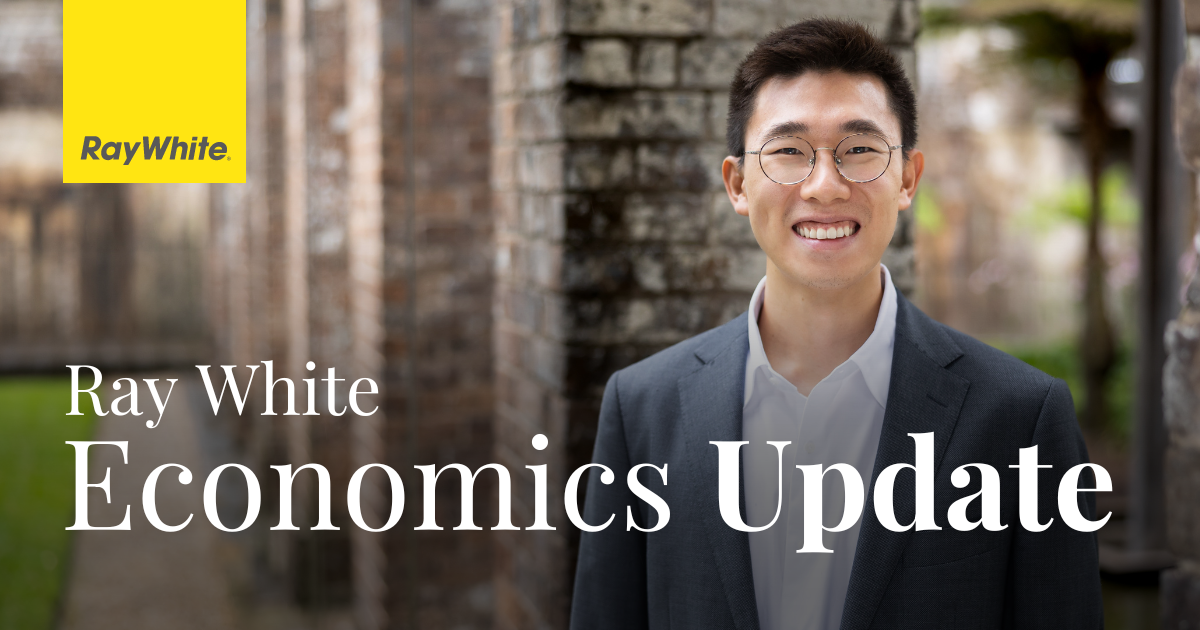Atom Go Tian
Senior Data Analyst
Ray White Group
The Economist, a weekly magazine, recently undertook an analysis of where it was possible for a single person to affordably rent alone. The analysis was referred to as the Carrie Bradshaw Index, named after the fictional character in “Sex in the City” where Carrie lives alone in New York, presumably affordably.
To undertake this analysis, The Economist looked at income by city and compared it to the cost of renting a studio apartment in each of those cities. If a person was spending 30 per cent or less of their income on rent, then it was deemed to be affordable. To replicate this analysis, we used StatsNZ data on median weekly incomes of one-person households and compared it to median unit rents. Unfortunately, given how few studio apartments there are in New Zealand, data specifically on studio rents is not easy to find, even if affordable.
The results paint a concerning picture: not a single region in New Zealand meets the affordability threshold for single renters. The West Coast Region comes closest to affordability, with a weekly income gap of just $117 between the median income ($1,050) and what’s needed for affordable rent ($1,167).
At the other end of the spectrum, the Bay of Plenty and Northland regions show the most severe affordability challenges. In the Bay of Plenty, despite a median weekly income of $960, a single person would need to earn $1,790 to rent affordably – creating a substantial gap of $830. Northland faces a similar challenge with an $833 weekly income shortfall.
Auckland, New Zealand’s largest city, requires the highest weekly income for affordable renting at $2,061, while the median single-person income is only $1,343 – creating a significant $718 gap. The nation’s capital, Wellington, shows a similar pattern with a $453 weekly shortfall.
The national picture shows that a typical single New Zealander earns $1,186 per week, while they would need $1,722 to rent affordably – a gap of $536. This suggests that the challenge of single-person rental affordability isn’t just limited to major urban centres but is a nationwide issue.
While regional analysis shows widespread affordability challenges, the suburb-by-suburb breakdown presents a more nuanced picture.
Karekare in Auckland emerges as the most affordable suburb for single renters, with rent consuming just 19.36 per cent of the median income ($260 of $1,343 weekly income). This is followed by Wellington’s Seaview at 26.24 per cent and Auckland’s Helensville at 28.29 per cent. Interestingly, these most affordable areas tend to be either peripheral suburbs or areas with industrial heritage that have developed residential capacity.
At the other end of the spectrum, Westmere in Auckland stands out as the least affordable suburb, where rent takes up 79.12 per cemt of median income. This is followed by Auckland’s Morningside (71.71 per cent) and Tauranga’s Bethlehem (67.71 per cent). The least affordable suburbs are often in desirable residential areas where rental prices have significantly outpaced local income levels.
The city-by-city breakdown shows distinct patterns:
Auckland shows the most extreme variations, containing both some of the most affordable (Karekare, Helensville) and least affordable (Westmere, Morningside) suburbs for single renters.
Wellington’s most affordable suburbs (Seaview, Mornington, Vogeltown) maintain relatively reasonable rent-to-income ratios, while even its most expensive areas like Oriental Bay (55.25 per cent) are not as extreme as Auckland’s worst.
Christchurch shows more moderate variations, with Christchurch Central being relatively affordable (34.19 per cent) compared to Northwood (53.94 per cent).
Hamilton and Tauranga present interesting contrasts – Hamilton has some affordable options like Melville (32.08 per cent), while Tauranga consistently shows higher rent-to-income ratios, with even its most “affordable” suburbs requiring 50 per cent or more of the median income.
Unlike Carrie Bradshaw’s New York lifestyle, New Zealand’s major cities don’t have the same density of apartment living options, and when they do exist in desirable areas like Westmere or Mount Maunganui, they command rents that far exceed what’s affordable on a typical single income. The data suggests that to live the independent, urban lifestyle depicted in “Sex and the City,” a New Zealander would need to be earning well above the median income of $1,186 per week – likely closer to $2,500-$3,000 weekly to maintain the same relative lifestyle in our most desirable urban areas.
This suggests that while the “Carrie Bradshaw dream” of solo city living exists in New Zealand, it remains more aspirational than achievable for most single-income earners in our major urban centres.
Media contacts:
Atom Go Tian
Ray White Group
Senior data analyst
agotian@raywhite.com
+61 422 089 938
Cassandra Glover
Ray White Group
Senior media advisor
cglover@raywhite.com
+61 447 000 472

